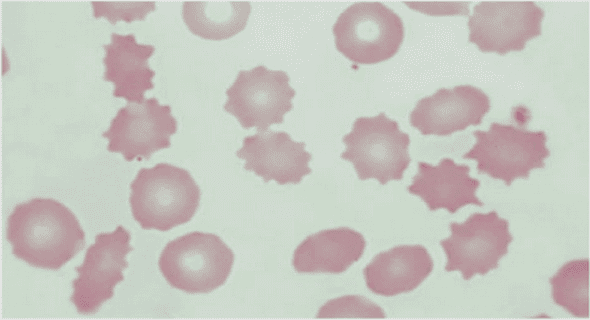(Downloads - 0)
For more info about our services contact : help@bestpfe.com
Table of contents
1. General introduction
2. Literature review
2.1 Helminthiasis in the context of small ruminants industry
2.1.1 Gastrointestinal helminths of domestic small ruminants.
2.1.2 Economic impact of gastrointestinal nematodes on small ruminants industry figures
2.2 Phathophysilogy of haemonchosis
2.2.1 Morphofunctionl despription of H.contortus
2.2.2 The interactions between the host and the parasite
2.2.2.1 Life cycle of H.contortus
2.2.2.2 Immune response associated with resistance to H.contortus
2.2.2.2.1 Innate immune response
2.2.2.2.2 Acquired immmune response
2.2.2.3 Pathogenesys
2.2.2.3.1 The anatomy of the abomasum
2.2.2.3.2 The physiology of the abomasum and its regulation
2.2.2.3.3 Symptoms of haemonchosis figures
2.3 Control strategies
2.1 Focus on genetic selection
2.4 Quantitative genetics applied to livestock improvement
2.4.1 Genetic variation
2.4.2 Definition of inbreeding and relatedness
2.4.2.1 Computing the genetic relationship matrix from pedigree information only
2.4.2.2 Computing the genetic relationship matrix from marker information only
2.4.2.3 Computing the genetic relationship matrix from both pedigree and marker information.
2.4.3 Estimation of the additive genetic variance
2.4.4 Estimation of the breeding values
2.4.5 Estimation of the QTLs’ allelic substitution effects
2.4.6 Prediction of the response to selection
3. Experimental studies
3.1 Article1 – Genetic parameters for growth and faecal worm egg count following Haemonchus contortus experimental infestations using pedigree and molecular information (published)
3.1.2 Abstract
3.1.3 Introduction
3.1.4 Materials and Methods
3.1.4.1 Experimental design
3.1.4.2 Genotypes
3.1.4.3 Phenotypes
3.1.4.4 Statistical analysis
3.1.4.5 Significance tests
3.1.5 Results and discussion
3.1.5.1 Phenotypic variation
3.1.5.2 Genetic variation
3.1.5.3 Standard errors
3.1.4 Conclusions
3.2 Article 2 QTLs for faecal egg counts and packed cell volume detected during two subsequent experimental infestations with Haemonchus contortus on creole goats. (manuscript in preparation)
3.2.1 Abstract
3.2.2 Introduction
3.2.3 Materials and methods
3.2.3.1 Phenotypic informaation
3.2.3.2 Genetic information
3.2.3.3 Heritabilities
3.2.3.4 QTL detection
3.2.4 Results and discussion
3.2.4.1 Descriptive statistics
3.2.4.2 Heritabilities
3.2.4.3 QTL detection
3.2.5 Conclusions
Figures and tables
4. Discussion and perspectives
4.1 Experimental design: weak and strong points
4.2 The biology underlying the observed phenotypic variation
4.3 Genetic parameters
4.4 Impact of molecular information
4.5 Practical implications
4.6 Modelling
5. Conclusions
6. References


